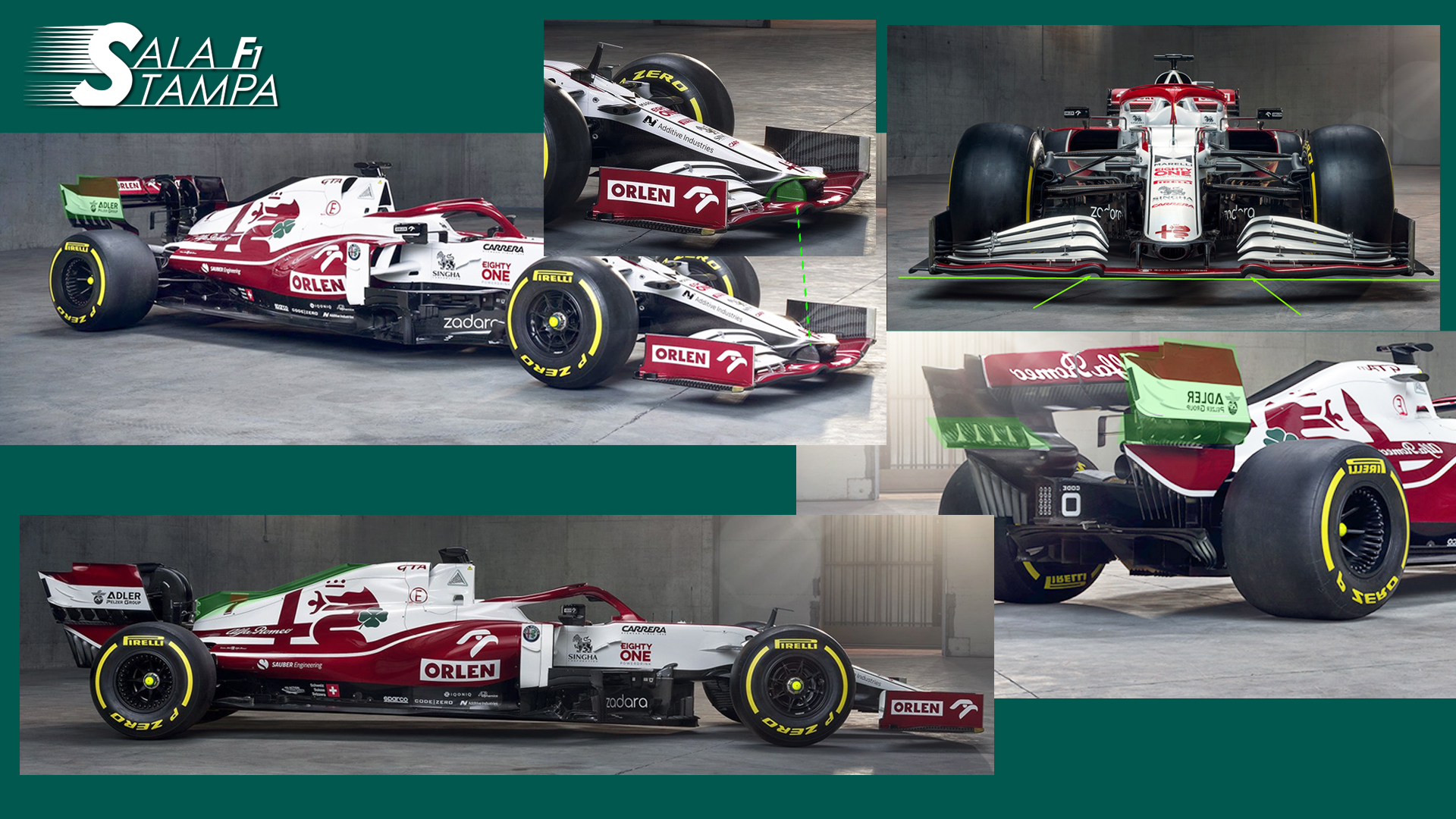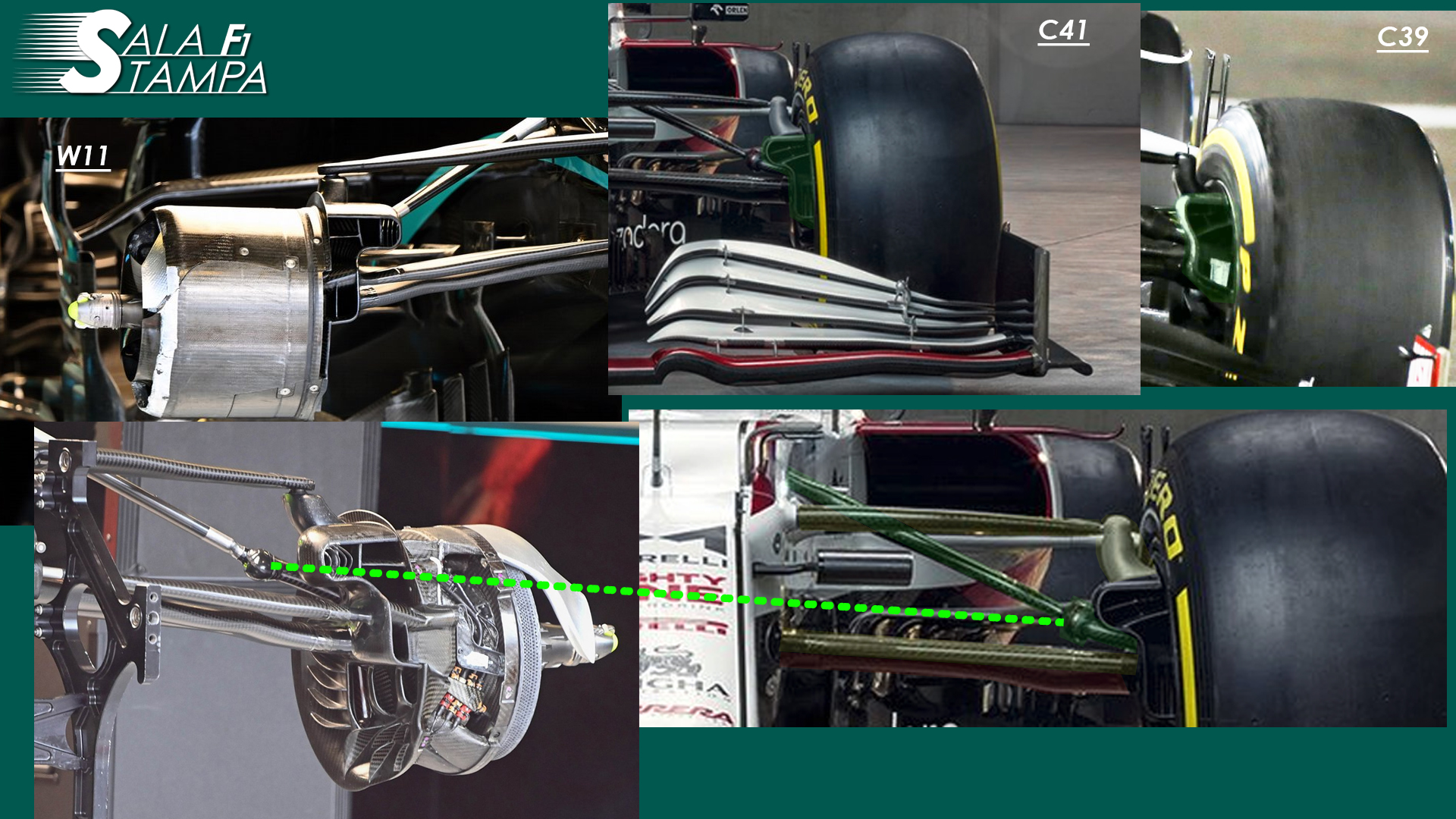trinidefender wrote: ↑22 Feb 2021, 18:34
stan_french wrote: ↑22 Feb 2021, 16:35
HungarianRacer wrote: ↑22 Feb 2021, 14:00
That's a ridiculous line of logic.... How much would an - in F1 terms - "weak" engine offset the operating window of a car within it's aero efficiency curve? Will it significantly lower top speed/approach velocity to high speed corners? Will horsepower deficiency on it's own make a car worse in low-medium speed turns? I don't think so...
There's a great little thing from reddit i highly recommend you read, i think it shed's more light in my line of thinking:
https://www.reddit.com/r/F1Technical/co ... ame=iossmf
But basically it explains that a car's aero development can be limited by the engine to a certain degree. especially when the aero is made for ever increasing horsepower. And notably the larger nose is said to help cars in higher speed, however it is also more prone to stalling at lower speeds than the narrower nose. What I'm trying to say is that i think the reason they went down the narrow nose path was because they do not have anymore the Ferrari horsepower advantage which greatly helped their nose concept in accelerating the air to the bargeboard. So in order to better suit the car to the engine, they decided to focus on something which the slightly underpowered engine could better help with, which is with the narrower nose, and thus helping their car work better at slightly slower speeds, and reducing the proneness of the nose to stalling.
Except you've provided absolutely no evidence to say that the narrow nose works better at low speeds and the wide nose works better at high speeds, or even that the wide nose has some issue with stalling (where on the nose are you proposing that the stall would happen? this would be a very design specific trait varying from team to team)
Sorry, i've seemed to forgotten the second part:
https://www.formula1.com/en/latest/arti ... gbeZt.html
the specific sentence in that that i would like to point out is this one:
"When the airflow falls below a critical speed [on the wide nose], it can leave parts of the under-nose area unenergised in a dead zone – leading to loss of control of the flow. The wide nose tends to work better at higher speeds."
My thought is simply, what if when you combine those 2 pieces of information (that is that off the aero possibly not working on the ferrari because of an under performing engine, and this second quote), what if the nose they had planned actually fell below the "critical speed" more often than anticipated in the simulations and resulted in said aero stalling? And this wide nose concept was to a lesser degree pursued by alfa romeo.
It would thereby make the narrowing of the nose a logical step, because it is simply adaptating itself to cancel this deadzone beneath the nose and control better the airflow. Another hint that i thought also might prove the point im trying to make, is that they have made their nose clearly quite a lot more concave than last year, and have changed the whole undernose aerodynamics, introducing notably a cape. Perhaps this is all in a bid to control better the airflow under the nose and to the bargeboards?
I apologise if i did not make it clear, and for forgetting the second half of my research! Will be more precise next time!

)


